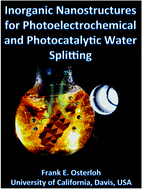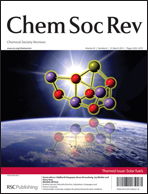The increasing human need for clean and renewable energy has stimulated research in artificial photosynthesis, and in particular water photoelectrolysis as a pathway to hydrogen fuel. Nanostructured devices are widely regarded as an opportunity to improve efficiency and lower costs, but as a detailed analysis shows, they also have considerably disadvantages. This article reviews the current state of research on nanoscale-enhanced photoelectrodes and photocatalysts for the water splitting reaction. The focus is on transition metal oxides with special emphasis of Fe2O3, but nitrides and chalcogenides, and main group element compounds, including carbon nitride and silicon, are also covered. The effects of nanostructuring on carrier generation and collection, multiple exciton generation, and quantum confinement are also discussed, as well as implications of particle size on surface recombination, on the size of space charge layers and on the possibility of controlling nanostructure energetics via potential determining ions. After a summary of electrocatalytic and plasmonic nanostructures, the review concludes with an outlook on the challenges in solar fuel generation with nanoscale inorganic materials.

You have access to this article
 Please wait while we load your content...
Something went wrong. Try again?
Please wait while we load your content...
Something went wrong. Try again?


 Please wait while we load your content...
Please wait while we load your content...